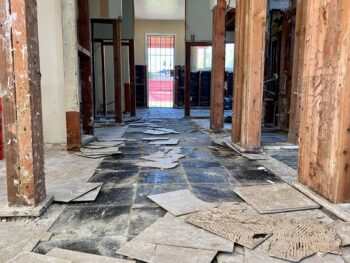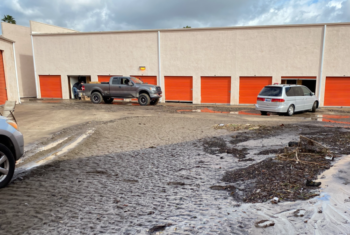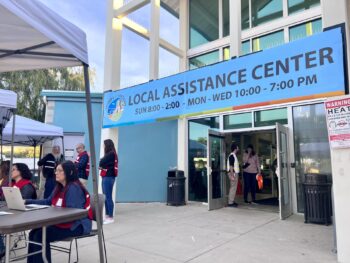If you’ve ever been to a health screening, you know that a nurse can take a drop of blood from your finger and come back in five minutes and show you your cholesterol and blood-sugar levels.
So why is that toxicology tests — the kind you often read about in high-profile deaths like that of singer Whitney Houston this past weekend — take so long, an average of 20 days, to conduct?
Well, a big part of the difference can be summed up in “what you know,” and “what you don’t know,” said Dr. Iain McIntyre of the San Diego County Medical Examiner’s office.
A clinical toxicologist (that nurse that pricked your finger) knows exactly what she’s looking for in your blood. On the other hand, a forensic toxicologist, McIntyre said, is looking for the unknown — everything that might be toxic in a blood sample.
There are other factors.
Unlike your quick cholesterol test, forensic toxicologists will conduct several different types of screening tests. That’s because no one testing method can determine all drugs.
And forensic toxicologists will go back and confirm all of their findings by conducting a second analytical procedure — which is important when legally trying to establish a potential cause of death.
On top of that secondary testing, forensic toxicologists will often further analyze their findings by comparing blood chemical levels with concentrations found in other organs such as a person’s stomach or liver. Drug concentrations in organs can help determine if drugs were used long term or administered recently, whether too much was taken at one time, whether interactions created problems, and whether high levels or bad interactions constituted accidents or overdoses.
And finally, there is there is the fact forensic toxicologists have to do a lot of tests. McIntyre said the County conducts toxicology tests for all of the deaths it investigates. How many is that? Well, the M.E.’s office is charged with investigating all deaths that are sudden and unexpected, all deaths related to injury or intoxication, and all suspicious deaths. In a county as large as San Diego County, that can be 70 deaths a week.
McIntyre said forensic toxicologists can do all their testing with less than a one-half a tube of blood, about three millimeters. He said they typically use “peripheral” blood, that is, blood take from an arm, or preferably, a leg.
The reason for that is that blood in organs such as the heart or liver can concentrate drug levels and provide misleading information.
And unlike CSI on the television, or other cop shows and movies, forensic toxicologists aren’t using microscopes to do their work.
“The work we do all involves extracting the blood or chemicals in the blood with other chemicals,” McIntyre said. “We have to extract it, clean it up and then put it on the instrumentation. “
The instruments? There’s gas chromatography, which involves separating chemicals based on the speed that they move in liquid or gas (such as nitrogen).
Then, there’s Enzyme-linked Immunosorbent Assay — better known as ELISA — testing done in test tubes to determine the presence of specific antigens (toxins) or antibodies (which the body will create to fight toxins). And then there’s mass spectrometry, which measures the weight of atoms and molecules.
As if that wasn’t complicated enough, toxicology is just one factor examined when figuring out how someone died. It can take several weeks to determine cause of death, depending on the complexity of the case.
Below: Dr. Iain McIntyre of the San Diego County Medical Examiner’s office explains what’s involved when toxicology tests are performed.





